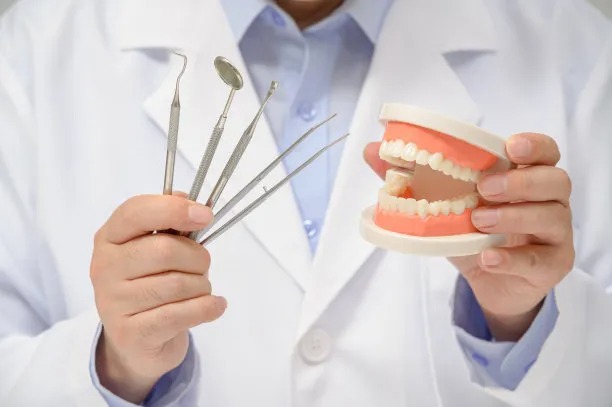Effective Steps to Safely Extract a Tooth at Home for Quick Relief and Improved Oral Health
Summary: Extracting a tooth at home can be a daunting task, but with the right knowledge and preparation, it can be done safely and effectively. This article outlines the essential steps one needs to follow for a successful and pain-free tooth extraction at home. We emphasize the importance of understanding the reasons for extraction, preparing adequately, executing the procedure carefully, and implementing proper aftercare. Each step is designed to alleviate discomfort and promote better oral health, making it easier for individuals to manage their dental issues without unnecessary stress. Always exercise caution and prioritize safety when considering a home tooth extraction.
1. Understanding the Reasons for Tooth Extraction

Before attempting to extract a tooth at home, its crucial to determine the reason for the extraction. Common reasons include severe decay, infections, overcrowding, or impact from other teeth. Recognizing the underlying issue will help you know if home extraction is appropriate or if professional help is needed.
For instance, if a tooth is infected, its essential to consult a dentist first, as infections can lead to severe complications if not properly managed. Evaluate the symptoms you are experiencing, as this will influence your overall health and the necessity of a tooth extraction.
Additionally, consider the long-term implications for your oral health. Evaluating the pros and cons of extracting the tooth yourself against seeking professional assistance can be beneficial. Understanding these factors prepares you for what lies ahead during the extraction process.
2. Preparing for Tooth Extraction at Home
The preparation phase is vital for a successful home tooth extraction. Start by gathering the necessary tools such as dental floss, cotton balls, antiseptic solutions, and a pair of sterilized pliers. Sterility is essential to prevent infections, so ensure all tools are disinfected before use.
Next, prepare your mouth by rinsing it with warm saline water. This step helps to reduce bacteria in your mouth and swells the gums, making it easier to extract the tooth. Additionally, ensure that you are in a well-lit, comfortable space where you can sit or lie down during the procedure.
Another crucial aspect of preparation is mentally preparing yourself for the extraction process. Familiarize yourself with the steps that will take place: from loosening the tooth to finally pulling it out. When you are well-prepared, the process is less daunting and can lead to a smoother experience.
3. Executing the Tooth Extraction Safely
When you are ready to proceed, start by gently wiggling the tooth from side to side with your fingers or utilizing dental floss for leverage. The goal is to loosen the tooth gradually, rather than pulling it abruptly, as this can lead to severe pain or breakage.
Once the tooth is adequately loosened, use the sterilized pliers to grip the tooth firmly but carefully. Ensure you are pulling in the direction of the tooths natural growth to minimize discomfort. A steady and slow motion is essential; hasty actions can lead to complications.
After the tooth is successfully extracted, its critical to apply pressure to the socket with a cotton ball to control any bleeding. Maintain pressure for about 30 minutes and avoid sucking on the socket, as this can dislodge the clot necessary for healing.
4. Post-Extraction Care for a Quick Recovery
Post-extraction care is essential to ensure a quick recovery and prevent any complications from arising. Immediately following the extraction, continue to bite down on the cotton ball for an extended period. After removing the cotton, you may rinse your mouth gently with saltwater to keep the area clean.
In the days following the extraction, its important to observe your diet. Stick to soft foods and avoid hot beverages; these can irritate the extraction site. Additionally, avoid smoking or sucking through straws, as these actions can dislodge tissues necessary for healing.
Monitor for any signs of infection or severe pain. If you experience heightened discomfort, swelling, or unusual discharge, consult a dental professional immediately. Taking these precautions will significantly contribute to a smooth recovery and improved oral health.
Summary: From understanding the reasons for the extraction, thorough preparation, careful execution, to proper aftercare, each step plays a crucial role in safely extracting a tooth at home. Knowledge and caution are your best allies during this process, ensuring that quick relief and improved oral health are within reach. Always keep in mind that when in doubt, seeking professional dental help is the safest choice.
This article is compiled by Vickong Dental and the content is for reference only.


